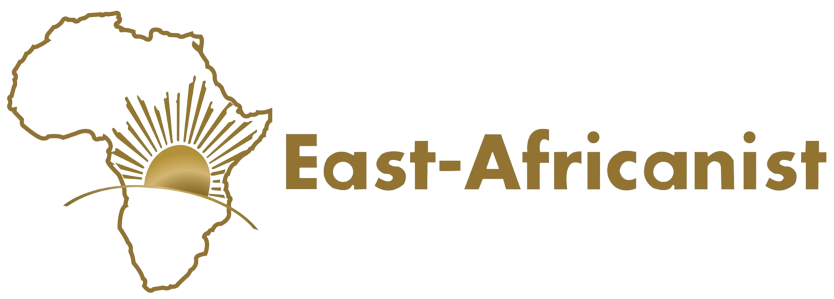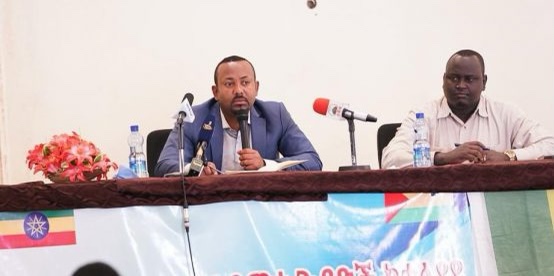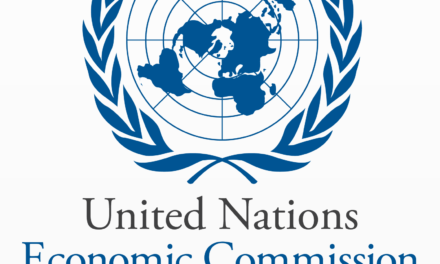Biruk Haregu
(The author is a doctoral student at Schar School of Public Policy & Government of George Mason University and affiliated with the university’s Institute for a Sustainable Earth).
In his seminal work Democracy in America (1835), sociologist and political theorist Alexis de Tocqueville observed that American democracy functions effectively not simply dueto laws and procedures but because of the character and habits of American society.
According to Tocqueville, one of the defining characteristics of American society is the belief that majoritarian rule is foundational to democratic governance. While acknowledging the importance of majoritarian rule, Tocqueville recognized that majoritarian rule must be tempered with a highly decentralized form of government to safeguard against tyranny of the majority. Accordingly, he concluded that federalism is an appropriate administrative system to ensure majoritarian rule, minimize majoritarian tyranny, protect minority rights, and decentralize administration.
Notwithstanding these advantages of federalism, it must be recognized that not all models of federalism are effective. For instance, the ethnic federalism implemented in Ethiopia has undermined the prospects of democracy in Ethiopia; while at the same time, having significant detrimental effects on the unity, security, and stability of Ethiopian society.
Ethnic Federalism in Ethiopia
In 1994, shortly after the fall of the communist Derg regime and the ascent to power of the Ethiopian People’s Revolutionary Democratic Front (EPRDF), a new constitution was adopted in Ethiopia. The central feature of the new Ethiopian constitution was the adoption and implementation of an ethnic federalist system.
The policy of ethnic federalism created 9 ethnic-based regions and two city provinces, and the defining feature of these regions are ethnic and linguistic differences. The 9 regions have their own constitution, flag, executive government, legislature, judiciary, police, and militia. Moreover, each region selects its own working language and has the constitutional right to secede from the Union.
In theory, while this conception of ethnic federalism may appear desirable for protecting ethnic groups, ensuring ethnic representation, and the devolution of power; in practice, it actually undermines the key principles outlined by Tocqueville of a well-functioningdemocracy, namely majority rule, protection of minority rights, and decentralization of elections and governance.
Shortcomings of Ethiopia’s Ethnic Federalism
The first shortcoming of Ethiopia’s ethnic federalism is that it is not a majoritarian rule system. The ruling EPRDF was a coalition of ethnic-based political parties composed of the four dominant regions of the country— Amhara, Oromia, Tigray, and SNNP. Of these 4 ethnic-based political parties, the dominant party and de facto ruler was the party representing the Tigray region— the Tigray Peoples Liberation Front (TPLF). The TPLF represented 6% of Ethiopia’s estimated 115 million people; however, it ruled Ethiopia in an authoritarian manner from 1991 until 2018. The TPLF dominated EPRDF consistently rigged national and regional elections to remain in power. For instance, the highly contested and violent national election in 2005 was rigged. Similarly, the TPLF/EPRDF claimed that it won the 2010 and 2015 national elections with approximately 100% of the vote and controlled all seats in parliament.
In addition, the TPLF led coalition claimed to have won regional elections held in November 2020 with 98% of thevote and retained all the seats of the regional government. Utilizing electoral manipulation and voter intimidation, the TPLF, a minority political party, maintained regional and national power for 27 years. Consequently, the ethnic federalism that the TPLF/EPRDF implemented has not been a majoritarianrule system. If it was a truly majoritarian rule system, the Amhara and Oromo, which account for approximately 63% of the population, would be much more influential in the governing of Ethiopia.
Second, Ethiopia’s ethnic federalism has not protected minority rights. Rather than protecting minorities, ethnic federalism has exacerbated ethnic tensions, reinforced ethnic fault lines,and resulted in a precipitous rise in ethnic-based violence against minorities.
For example, since 2018, 113 ethnic-based conflicts have been documented in Ethiopia, which has caused the number of Internally Displaced Peoples (IDPs) to reach anestimated 3.1 million— the highest level in the world. The principal cause for the rise in ethnic-based violence are ethno-nationalists efforts to expunge ethnic minorities from a given region.
This process has been facilitated by the fact that ethnic-based regions have their own ethnic militia, and these ethnic militia are either accomplices to violence against ethnic minorities or elect to not hold perpetrators accountable. At the same time, the federal government has been reluctant to deploy federal forces to control ethnic violence fearing that it would alienate regional administrators, increase the risk of conflict with regional militias, and the fear of secessionist movements.
Paradoxically, as ethnic-based violence has increased, the capacity of the federal government to control violence has been circumscribed— which points to a fundamental flaw in the ethnic federalism system. The result has been the displacementand massacring of ethnic minorities throughout Ethiopia.
Third, Ethiopia’s ethnic federalism has failed to decentralize elections and administration. Since the inception of ethnic federalism, the EPRDF coalition, dominated by the TPLF, had maintained complete control over the political and economic levers of power. As such, there has not been a genuine multi-party electoral process.
Furthermore, at the regional and local levels, politics and administration was dominated by the ethnic-based political party affiliated with the ruling TPLF/EPRDF coalition. For instance, while the TPLF dominated the political process in the Tigray region, there was no effective competitors to the TPLF in the entire region of Tigray. And similar political structures were implemented in the other ethnic-based regions of Ethiopia.
In so doing, the ethnic party affiliated with the TPLF/EPRDF dominated at the regional and local level—there are no genuine competitors, no real alternatives, and no free and fair elections. In short, under TPLF/EPRDF rule, not only was the political space closed to potential competitors, the organizing principle of electoral politics and administration in Ethiopia was ethnic identity and loyalty to the dominant party at the national, regional, and local levels.
At the same time, fundamental rights and opportunities— political representation, government employment, land, and business contracts— were conferred based on ethnicity and loyalty to ethnic-based political parties at all levels of government.
The Way Forward
For Ethiopia, an administrative system in line with Tocqueville’s conception of democratic federalism requires a shift in public policy towards a democratic territorial-based federalism.
This change in policy will enable majoritarian rule, protect minorities, and facilitate the devolution of power. Moreover, a truly democratic and territorial-based federalist system would encourage political organization around grand visions and ideas, political party platforms, and specific policy agendas and proposals.
Doing so would help in shifting political discourse away from identity politics and towards inclusive ideas, policies, projects and programmes. Furthermore, a democratic territorial-based federalism would ensure that individual and group rights are conferred based on residency and not ethnicity.
Ultimately, a truly democratic territorial-based federalism is the best administrative model for advancing inclusive, equitable, and sustainable socio economic growth, democratization, and good governance; while at the same time, enhancing the stability and security of Ethiopian society and the Ethiopian State.





